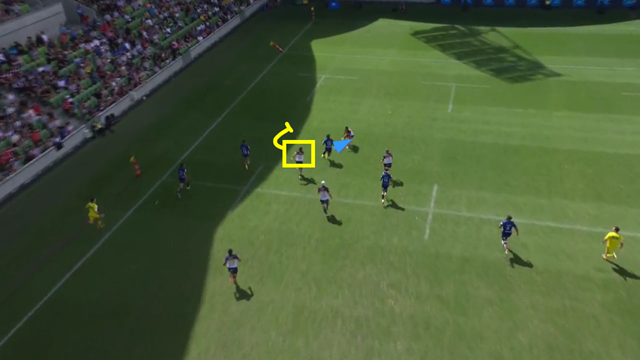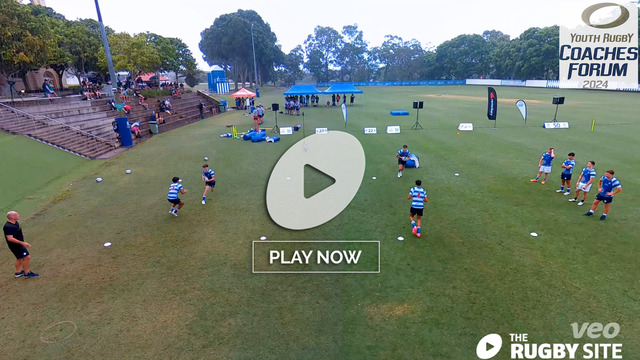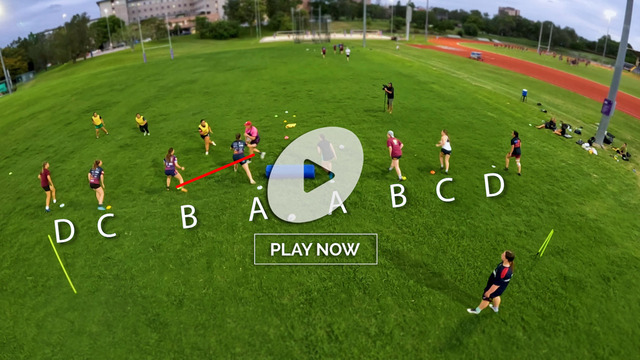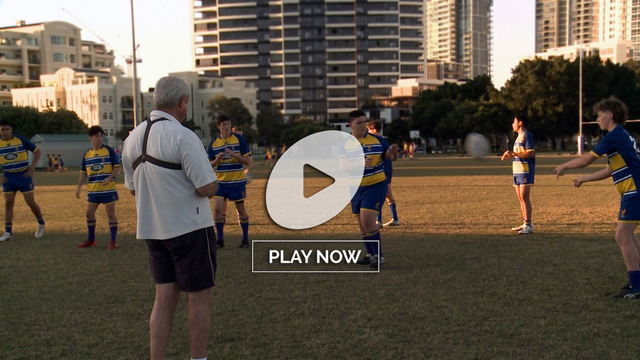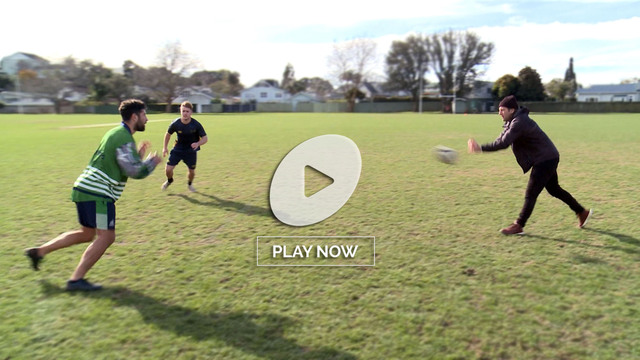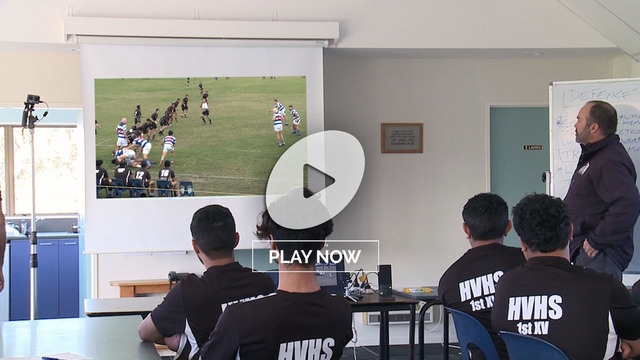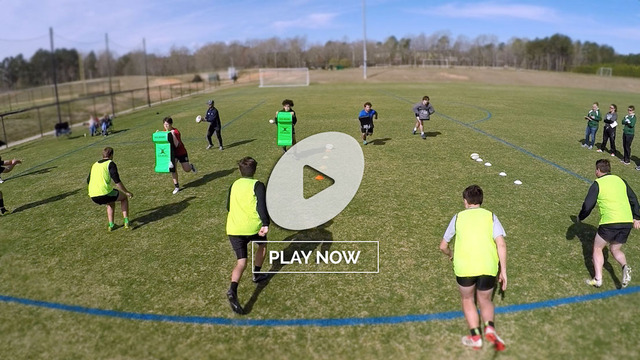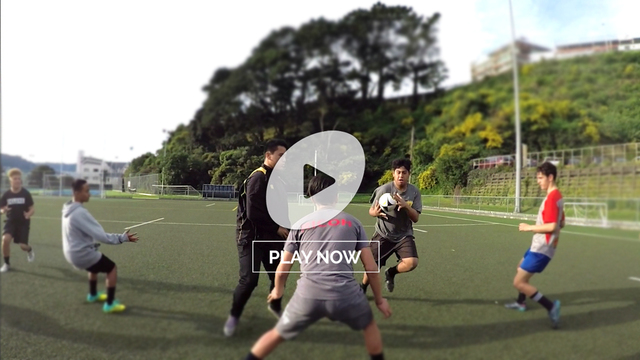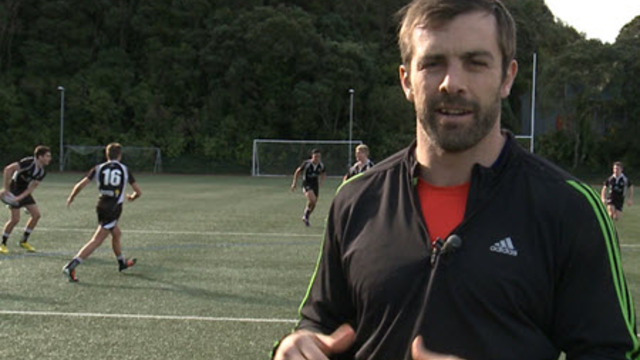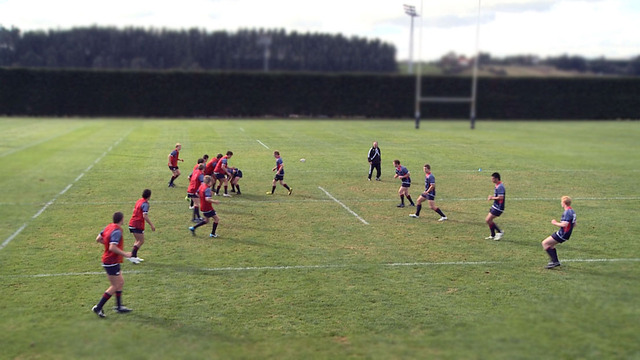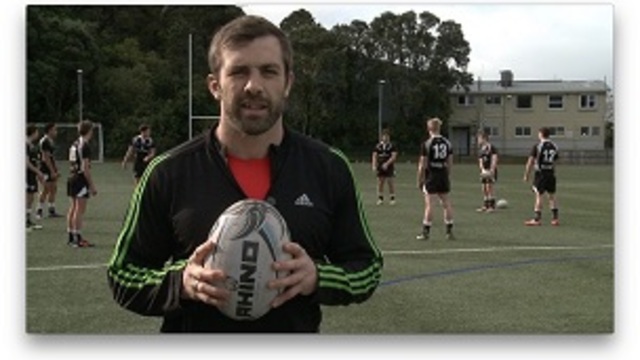It is fair to say that there is a definite edge to games between the Blues and the Brumbies. The two sides contested one of the semi-finals in last year’s Super Rugby Pacific competition, and there was only a single point in it at the end, with the Blues scraping home by 20 points to 19. The men from Canberra still had a chance to claim victory at the death with a last-ditch drop-goal attempt by Noah Lolesio.
It was not much different at the Melbourne Super weekend in round three of the 2023 tournament. It was ‘nip and tuck’ all the way through the 80 minutes, with five points separating the two sides at the end. As Blues captain Dalton Papali’i commented afterwards:
“We [created] a rivalry over the last year and even coming into this year, we knew this was going to be a big match.
“We knew we were going to come in and get a Test-match footy calibre game.
“I think it was ‘out there’ and it goes to show that it was a grudge match until the end.” https://www.theguardian.com/sport/2023/mar/05/grudge-match-til-the-end-brumbies-avenge-2022-semi-final-defeat-in-wild-win-over-blues
When there are so many international players on view and the difference between the two sides is paper-thin, it inevitably comes down to attention to detail.
One of the ‘invisible’ areas in which the Brumbies improved from 2022 to 2023, and therefore had the winning of the game in the small detail, was their work in defence after a break had been made. Teams from New Zealand are lethal from turnover returns and are expert at converting breaks into scores within three phases.
One of the priorities for the defensive side is therefore, to work hard to seal off support for the ball-carrier after a bust has been created. If the defence can regroup quicker than the attack in these situations, it automatically limits scoring opportunities by returning the game from chaos back to structure more quickly.
Here is an example of a Blues’ break from last season’s semi-final:
Reiko Ioane makes the bust on the Blues’ 40m line and the first potential stopping-point arrives 25 metres further downfield:
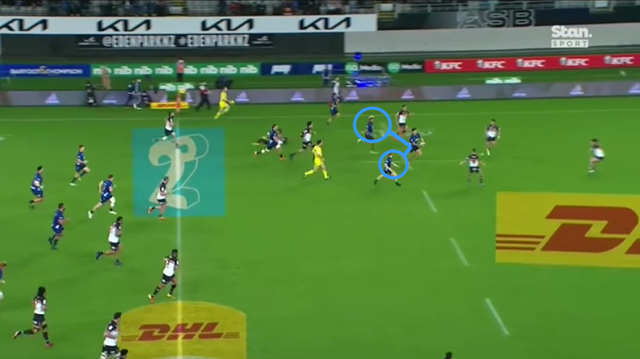
The Brumbies cover converges but the first two support players are within easy reach for the All Blacks’ centre-cum-wing – he can go either left or right, and the attack can continue without interruption. That means chaotic momentum can be sustained and the men from Auckland converted the try shortly afterwards.
That pattern changed in Melbourne. The Blues made their first break in only the 4th minute of the game:
Roger Tuivasa-Sheck has Ioane on his left and Dalton Papali’i on his right, but in this instance Brumbies lock Nick Frost has inserted himself in the channel between the Blues centre and his first support (Papali’i) when he goes to pass:
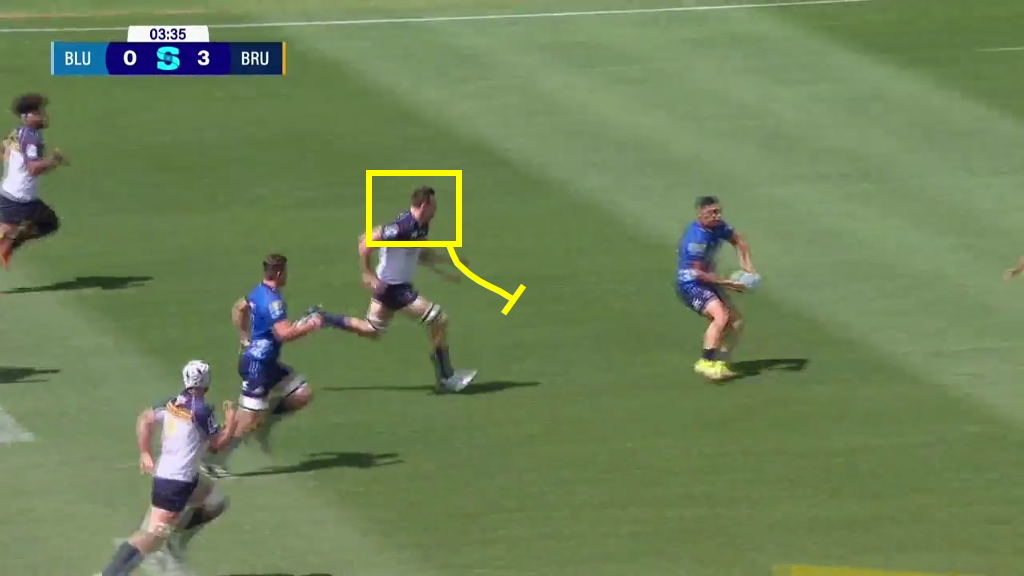
The outcome is an intercept rather than a probable try, and all because the defender worked back into the channel between passer and his first support.
A later instance was even more conclusive:
Stephen Perofeta makes the initial break after a clever switch of direction from a scrum, and the Blues look odds-on to score after Rieko Ioane receives the ball with Tuivasa-Sheck outside him.
Ioane does not take account of an outstanding piece of defensive running by Brumbies wing Andy Muirhead until it is too late:
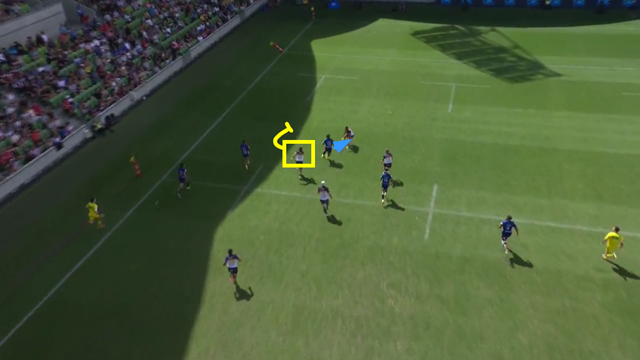
After being beaten first up by the pass from Perofeta to Ioane, Muirhead recovers sufficiently to influence the play. He plugs the passing channel between Rieko and RTS and creates enough doubt in the centre’s mind for him to keep the ball and take it into contact, rather than making the scoring pass.
That returns the game to ‘structure’ and the advantage shifts to the defence within two phases:
The Brumbies have 14 men back in the line and Hoskins Sotutu is first held up off the ground, then turned for a maul turnover to be effected. The margins between success and failure are very fine.
Summary
The match between the Blues and the Brumbies was a lesson in how to tip the balance in a game between two evenly-matched sides. Support running off the ball after a Blues’ break had been made became a decisive area, and a ‘win’ for the Australian team. Their defenders worked hard, blocked the close passing channels and forced their opponents either to make a mistake, or play through another phase. If the defence can force the attack to take 3+ phases in these scenarios, the game returns from ‘chaos’ back to ‘structure’, and the odds shift in their favour.
